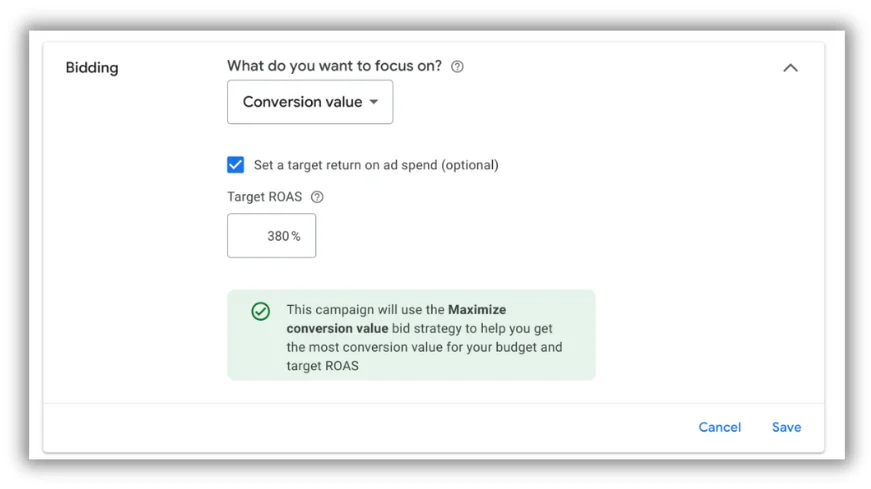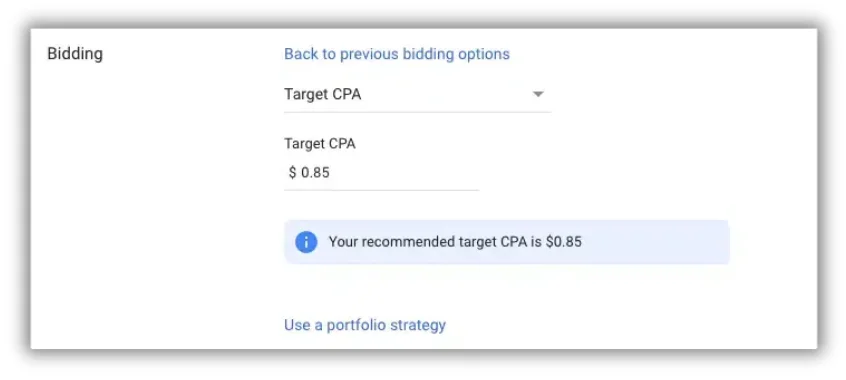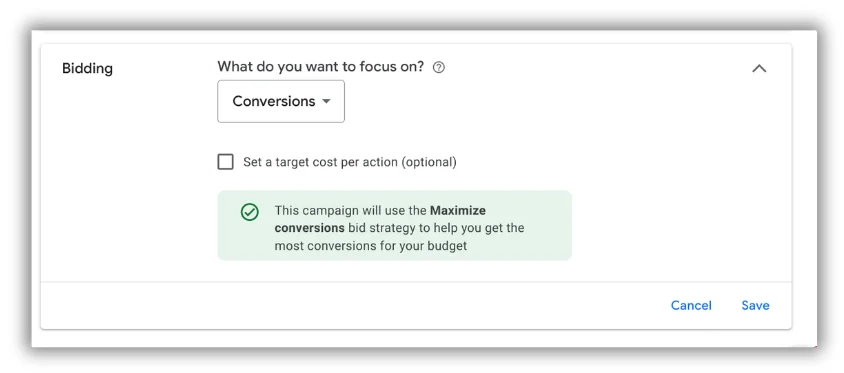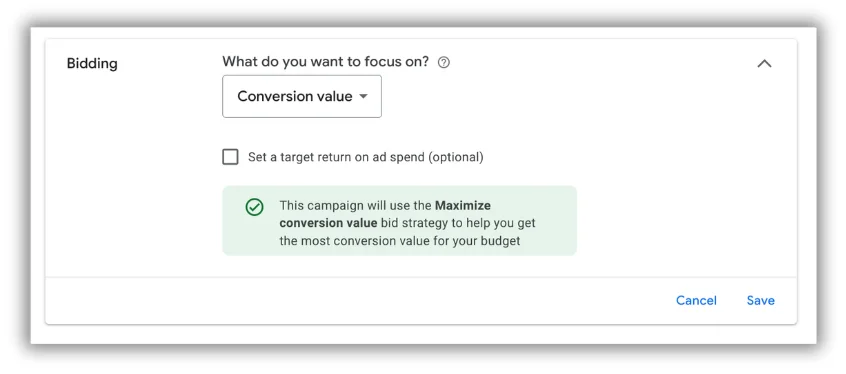Physical Address
304 North Cardinal St.
Dorchester Center, MA 02124
Physical Address
304 North Cardinal St.
Dorchester Center, MA 02124

Do you find it challenging to manually manage every detail of your Google Ads campaigns? Bidding on individual keywords and constantly adjusting them based on performance used to be the norm in digital advertising. But in today’s fast-paced environment, this manual approach is outdated. With so many variables — such as competitive fluctuations and changes in user behavior — staying on top of it all can feel overwhelming.
That’s where Google’s smart bidding comes into play. By leveraging machine learning, Smart Bidding optimizes bids in real-time, automatically adjusting based on factors such as competition, device, time of day and user intent. This data-driven approach helps you reach your goals without the hassle of manual bid adjustments, ensuring you get the best possible results for your budget.
In this article, we’ll explore the different Google Ads Smart Bidding strategies, provide examples, and explain when to use and avoid each based on your campaign goals.
Here are five popular smart bidding strategies and what you need to know about each one.
Let’s dive in!
Targeted ROAS (return on advertising investment) aims to generate the highest possible return on advertising investment by automatically adjusting bids based on the predicted value of each conversion.
This strategy optimizes bids to focus on conversions that generate the most revenue, not just on increasing the number of conversions. It’s ideal for businesses that want to prioritize revenue generation over the amount of conversions.


Important note: You can’t simply set a high ROAS goal and expect to achieve it if you haven’t achieved similar performance in the past. Google Ads will suggest a target ROAS based on your historical data. When setting up your target ROASthe key is to choose a realistic goal that is consistent with your past performance. If you set an achievable ROAS, Google will work to maintain or improve it, using it as a benchmark for future performance.
For example, if Google suggests a target ROAS of 300% based on your past results, that means that for every $1 you spend, the goal is to generate $3 in revenue. By setting this realistic goal, Google Ads will adjust bids to increase the likelihood of consistently meeting or exceeding that goal. However, if your past ROAS is significantly lower, setting an overly ambitious ROAS could result in lower traffic and missed opportunities.
When to use it:
When to avoid it: If you are unsure of the value of each conversion or have a small number of conversions, they may not perform as expected.
🛑 Worried you’re losing money in Google Ads? Find out with a free, instant audit >> Google Ads Performance Grader
Target CPA (Cost Per Acquisition) sets bids to get as many conversions as possible at or below your specified target cost per acquisition. The system automatically adjusts bids to try to reach your target CPA, regardless of auction competition or time of day. It’s designed to control how much you pay per conversion while increasing conversions.


Important note: Similar to ROAS, you can’t just set an arbitrary CPA goal if you haven’t achieved that cost before. Google Ads uses your historical performance to suggest a realistic CPA. Setting an unrealistic goal can limit traffic and conversions. Your target CPA should be something that can be achieved based on past results, allowing Google Ads to optimize bids and help you maintain or improve on that target.
For example, if your previous campaigns achieved a CPA of $50, it’s ideal to set your target CPA around that amount. Google Ads will automatically adjust your bids to try to get conversions at or below $50. If you set your CPA too low compared to your past performance, it may result in fewer impressions or clicks because the system won’t bid high enough to compete for valuable traffic.
When to use it:
When to avoid it: If your conversion numbers are too low, Target CPA may not find enough data to effectively optimize bids.
Increasing the number of conversions is automated strategy which sets bids to get the most conversions possible within your daily budget. Instead of focusing on controlling cost per conversion, this strategy prioritizes generating the most conversions, even if that means different costs for each conversion.


For example, if you have a daily budget of $200 and your goal is to drive as many leads or sales as possible, Boost Conversions will automatically adjust your bids to get as many conversions as possible within that budget. For example, if your average cost per conversion is $25, the strategy will try to get you about eight conversions per day, but if a lower cost opportunity comes along, it can be adjusted to get even more conversions for the same budget.
When to use it:
When to avoid it: If your goal is profitability or you have strict CPA or ROAS goals, increasing conversions may not give you the cost control you need.
⚡️ Is your Google Ads account set up for success? Download now >> The last Google Ads account structure guide you’ll ever need
This strategy sets bids to maximize the total value of conversions (eg revenue from sales) rather than focusing on the number of conversions. In essence, it adjusts your bids based on the potential revenue each conversion can generate, rather than simply targeting an increase in conversions. It’s ideal for campaigns whose goal is to maximize total revenue, not just generate more conversions.


For example, if you are running an eCommerce campaign with different product price points, from $10 to $500 items. Usage Increase conversion value strategy, Google Ads will prioritize bidding for users who are more likely to purchase higher value items, with the goal of increasing your overall revenue. If a single user is more likely to purchase a $500 product, your offers will be optimized to attract them, even if it means generating fewer total sales but more revenue.
When to use it:
When to avoid it: If you don’t track or assign value to your conversions, this strategy won’t work for you.
Click Boost is an automated bidding strategy designed to drive as much traffic to your site as possible within a certain daily budget. In essence, it sets your bids as high as possible max. CPC (cost per click) within that budget, with the goal of getting the most clicks. This strategy is not focused on increasing conversions or sales, but it is ideal for increasing the total number of clicks and generating traffic.


For example, let’s say you have a daily budget of $100 and your average CPC is $2. Using click boost, Google Ads will adjust your bids to ensure you get the most clicks possible within that $100, which could mean 50 clicks per day. This strategy is perfect if you are running a brand awareness campaign and want to drive as many visitors as possible to your website.
When to use it:
When to avoid it: If conversions, sales or lead generation are your primary goals, other strategies such as target CPA or increasing conversions would be more appropriate.
📚 Free guide download >> The 42 Best Call-to-Action Phrases Ever (And Why They Work)
Choosing the right Smart Bidding strategy in Google Ads is crucial to achieving your campaign goals. Whether you’re focused on controlling costs, maximizing revenue, or increasing traffic, Google Ads’ Smart Bidding options provide a variety of automated solutions to fit your needs.
By understanding these strategies and when to apply them, you can leverage Google automation to improve campaign performance and achieve specific business goals.